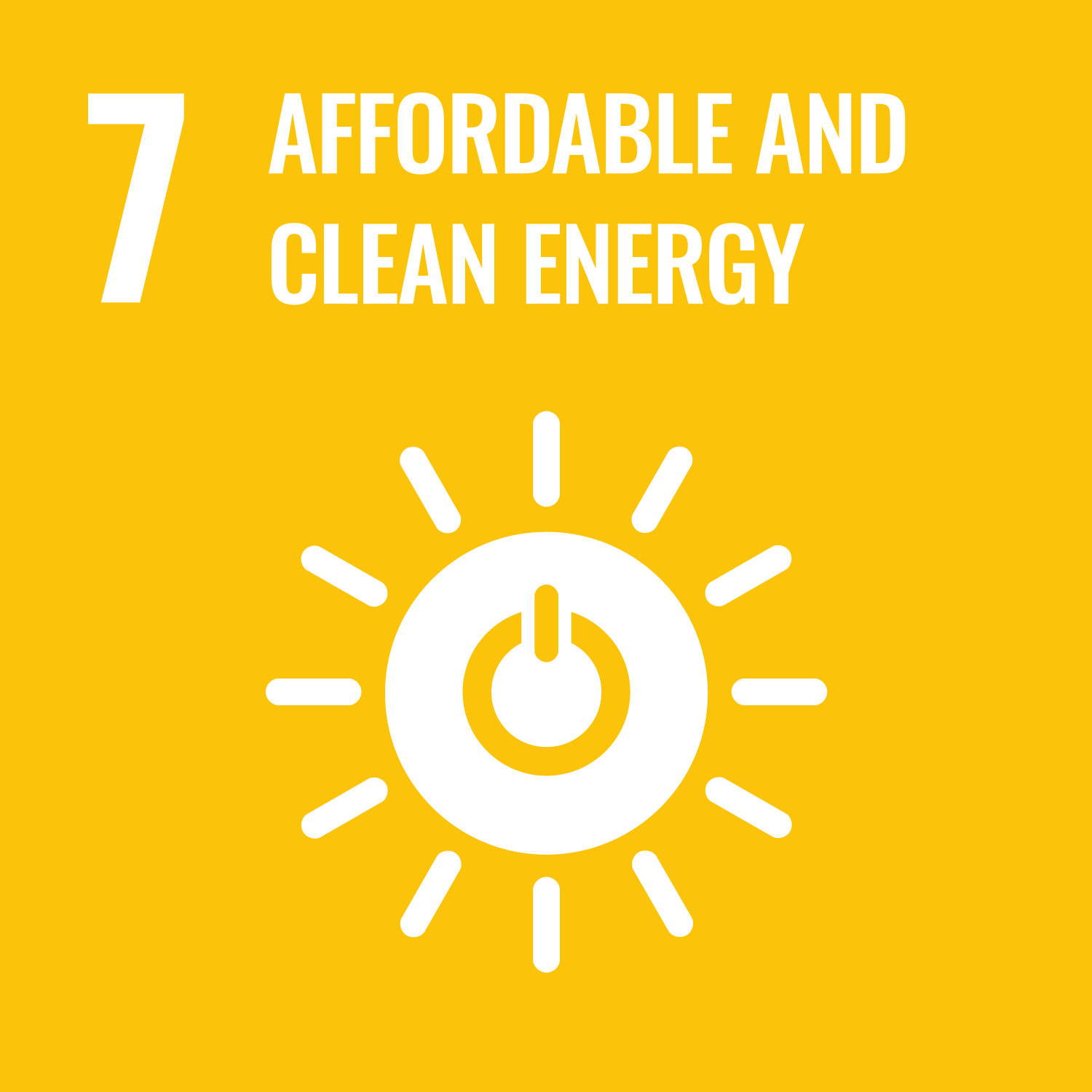ORCID
- D Conley: 0000-0001-6822-5386
- M Hann: 0000-0003-3965-9331
- KM Collins: 0000-0002-7728-5441
- D Greaves: 0000-0003-3906-9630
Abstract
Wave tank testing is a useful tool to assess the performance of Wave Energy Converters (WEC) at different technology readiness levels (TRL). At early TRL the use of systematically varying wave conditions is acceptable, however at later stages there is a need to use testing conditions representative of potential prototype deployment sites. Environmental data at these deployment sties can be collected by various instruments, such as buoys, ADCP, radars etc. The most commonly used method to recreate the measured environmental testing conditions in a wave tank is to represent a sea state using the measured significant wave height and peak period and a parametric wave spectrum such as the JONSWAP or PiersonMoskowitz spectrum. Although a useful tool, these parametric spectra represent a simplification which omits much of the site specific spectral information, such as the directional information of the sea state, which has the potential to significantly impact WEC performance. In most wave tanks it is possible to reproduce directly a measured spectrum. However this raises questions about which measured cases to reproduce. The use of HF radar data provides the opportunity to select sea states for wave tank testing that are more representative of a potential deployment site. It is necessary to develop a methodology to systematically select a set of representative experimental test cases from the wave datasets obtained from HF radar. Previous research has demonstrated the use of K-means clustering to obtain representative wave cases from measured wave spectrum. Here the expansion of this method is demonstrated. HF radar data obtained at Wave Hub, a wave energy test site in Cornwall, UK, and buoy data obtained close to Long Island, USA are used in this study.
Publication Date
2019-09-03
Event
13th European Wave and Tidal Energy Conference
Publication Title
https://proceedings.ewtec.org/?
Acceptance Date
2019-07-03
Deposit Date
2024-06-04
Embargo Period
2020-07-22
Recommended Citation
Wang, D., Conley, D., Hann, M., Collins, K., & Greaves, D. (2019) 'Use of HF radar for replciating wave-current combined wave conditions for testing of wave energy converters', https://proceedings.ewtec.org/?, . Retrieved from https://pearl.plymouth.ac.uk/bms-research/189


